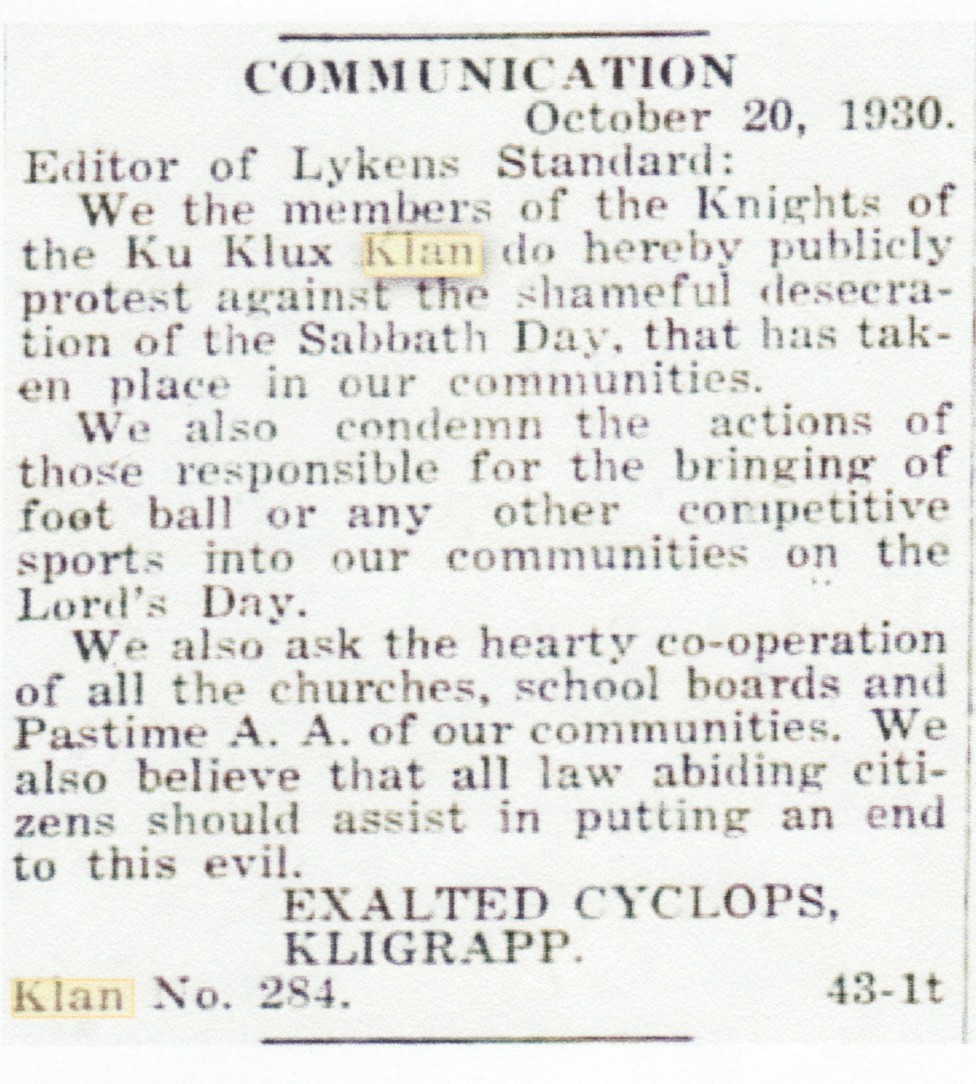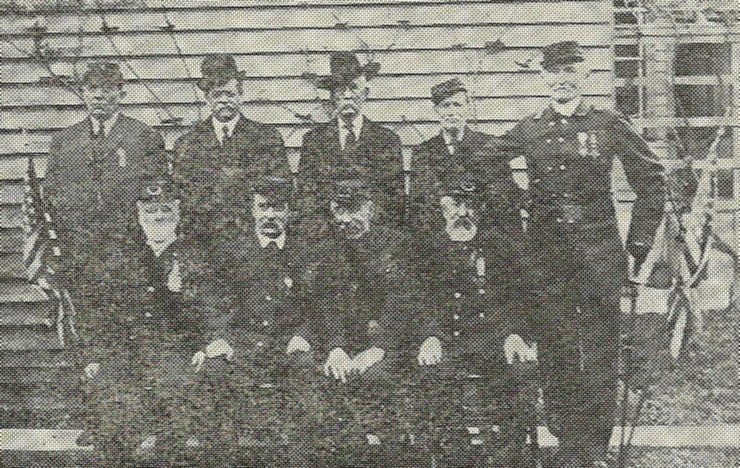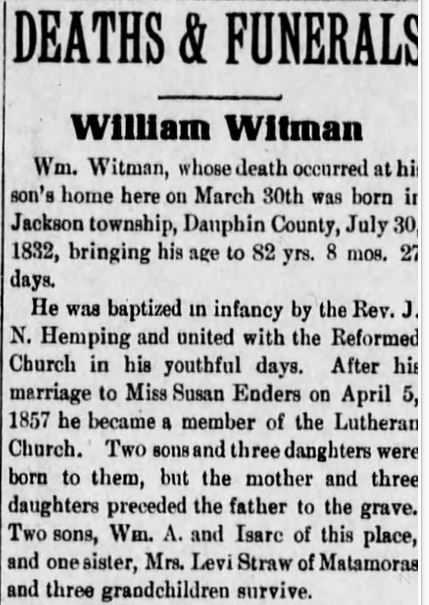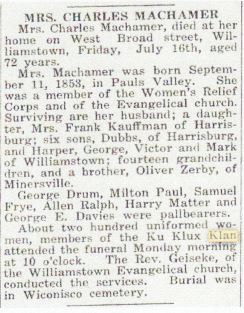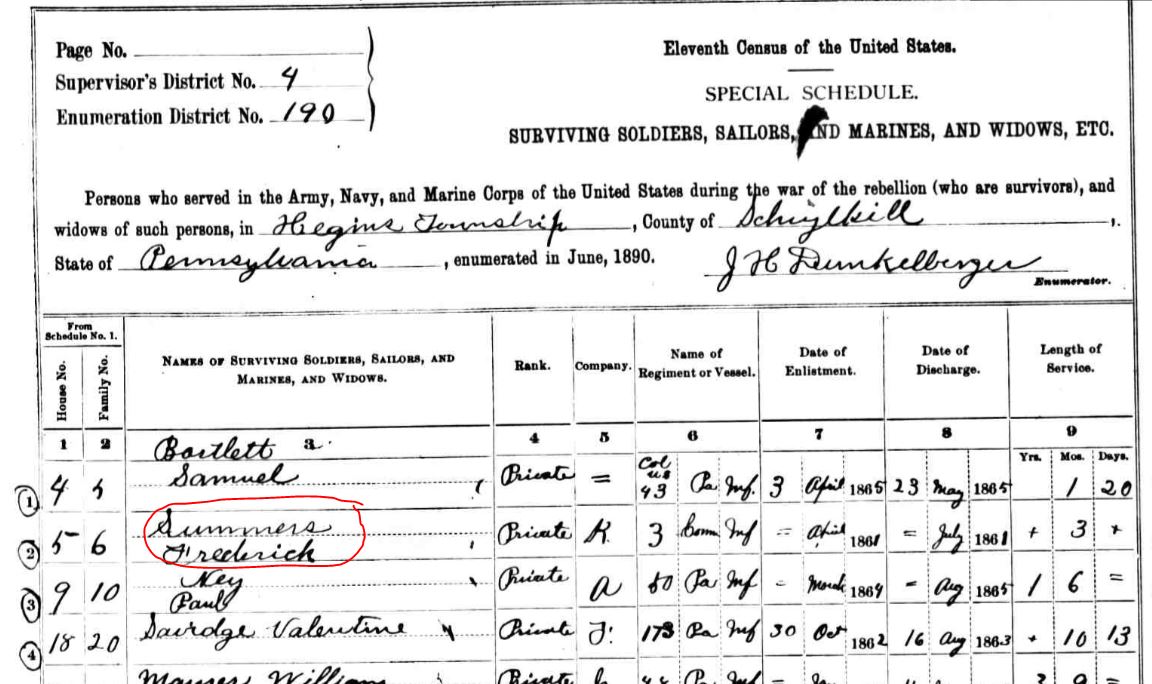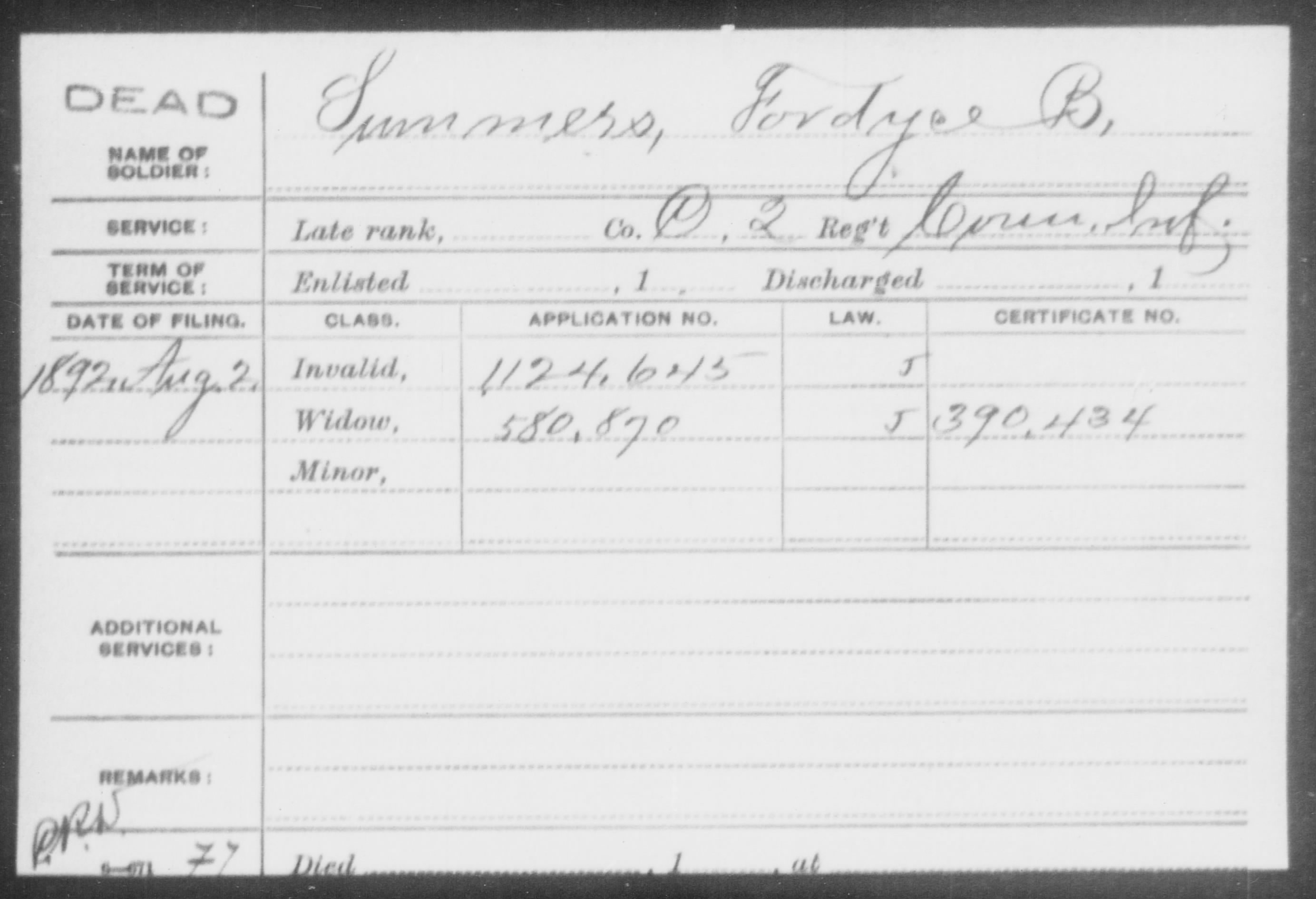Ku Klux Klan Protests Sunday Sporting Events in Lykens, 1930
Posted By Norman Gasbarro on February 26, 2018
A letter sent to the editor of the Lykens Standard by the Ku Klux Klan, dated 20 October 1930, decried those who supported competitive sports events on Sundays, and urged “law abiding citizens” to help in “putting an end to this evil.”
At this writing, it is not known how widespread was the practice of holding sports events on Sundays in 1930 in the Lykens Valley, or if the Klan was referring to a specific organization or event in its letter, other than football. Nevertheless, Sunday sports events were restricted by law in Pennsylvania and in many other states for many years. This practice was part of a wider campaign promoting “blue laws,” in which the state, bowing to very conservative religious groups, prohibited on Sunday practices such as buying and selling of goods, traveling, use of alcoholic beverages, public entertainment and sports. Today, few of these laws remain and those that do mainly apply to the sale of alcoholic beverages. Some conservative religious organizations, however, insist on their members following strict practices, but the government is not involved in the enforcement of these religious beliefs.
An interesting story on the role of the Philadelphia Athletics Baseball Club’s efforts to overturn the Pennsylvania restriction against Sunday sports can be found at Wikipedia. It was not until 1933 that the Pennsylvania Legislature passed a bill allowing local communities to decide whether to allow Sunday sports within their own jurisdictions, that the matter was settled. The Athletics and the Philadelphia Phillies took years to recover financially from the losses incurred by the “blue law” restrictions.
This post is a continuation of the reporting on hate groups that were active in the Lykens Valley area in the years following the Civil War. It was a widely known fact that the third iteration of the Ku Klux Klan had a significant presence in the Lykens Valley and adjacent valleys during the early years of the 20th Century. This third iteration of the Klan was strongly white supremacist and was opposed to equal rights for African Americans, Catholics, Jews, and immigrants.
From the Lykens Standard, 24 October 1930:
COMMUNICATION
20 October 1930
To Editor of the Lykens Standard:
We the members of the Knights of the Ku Klux Klan do hereby publicly protest against the shameful desecration of the Sabbath Day, that has taken place in our communities.
We also condemn the actions of those responsible for the bringing of foot ball or any other competitive sports into our communities on the Lord’s Day.
We also ask the hearty co-operation of all the churches, school boards and Pastime A. A. of our communities. We also believe that all law abiding citizens should assist in putting an end to this evil.
EXALTED CYCLOPS, KLIGRAPP
Klan No. 284
_______________________________________________
News clipping from Newspapers.com.
 ;
;
